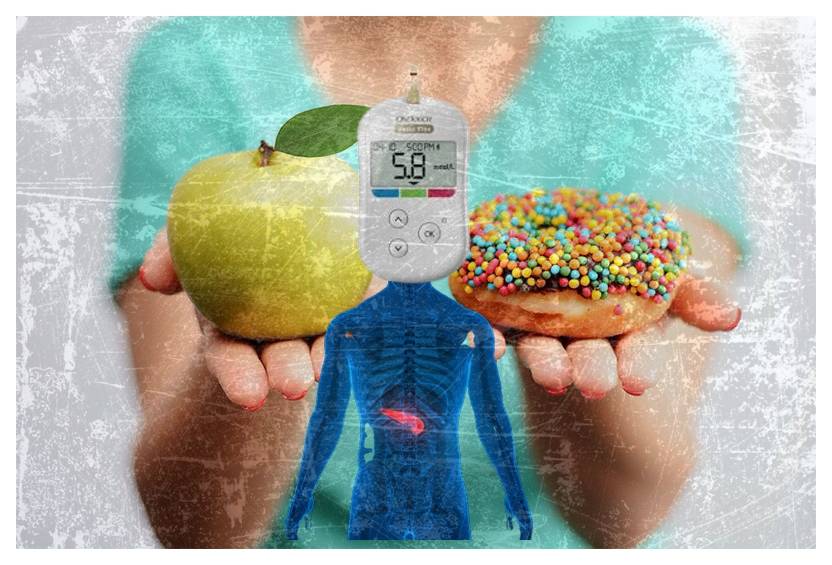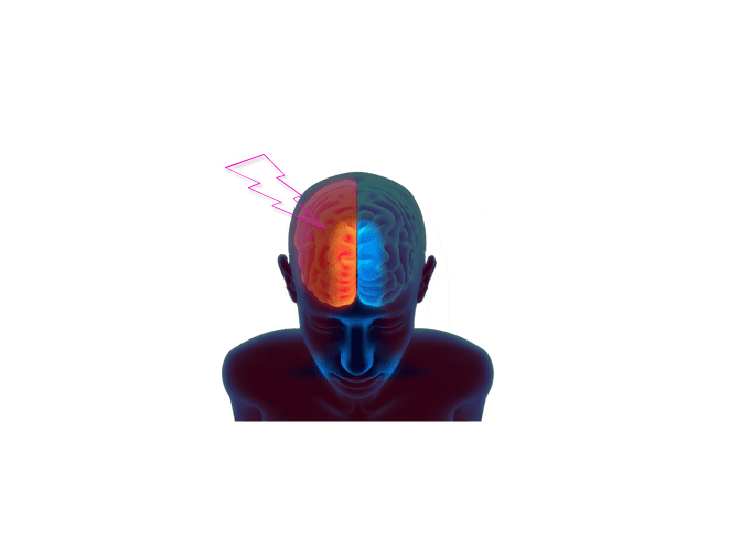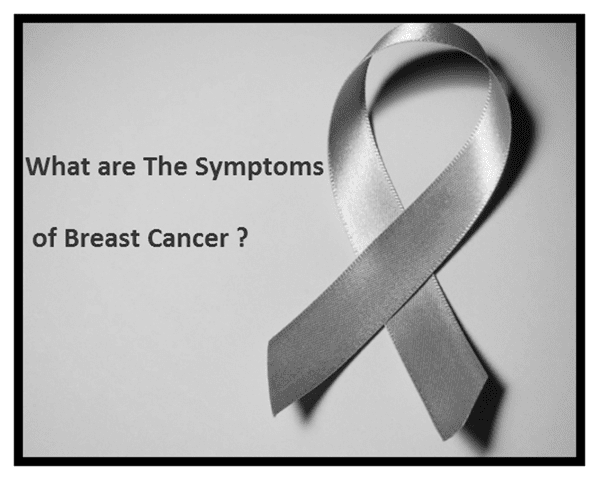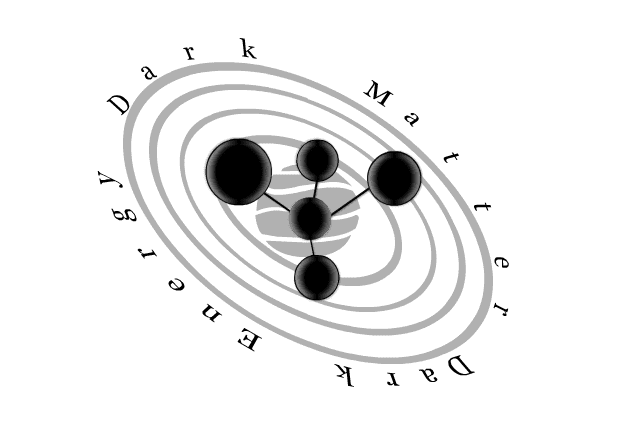CANCER is a very rare and common disease now a days and its also a silent killer for humans. Because we could not know initially when it started to develop in our body we get to know when it reached to a dangerous stage. It has many different types of Cancer. Today we are gonna discuss about Breast Cancer in women. We will discuss its symptoms, Signs and cures.
Types or Stages of Cancer
Breast Cancer has Seven different clinical signs of potential breast cancer, there’s gonna be lots of different clinical photos and diagrams.
The first important sign that you should be aware of is a new lump or thick breast tissue. Now it’s important to note that not all breast lumps are cancerous. However if you do notice a new lump or a different lump when you’re checking your breasts, you should go and see your nearest health care provider who can do a thorough examination as well as take a history from you.
The second important sign to find out for is a differ in shape or size of one or either of the breasts. Now this is important because this could indicate a potential breast cancer and you may notice this more when you move your arms or when you’re getting dressed.
The third important sign to look out for is fluid discharge from your nipples. You can see that the discharges are bloody in nature. Now it doesn’t necessarily need to be bloody. So if you do notice a new discharge of any color from the nipple and you’re not breastfeeding or lactating then you should go and see your nearest health care provider who again can examine you and do a thorough history to try investigate what the cause might be. And that’s because one of the heavy causes of a fluid discharge from the nipple is a potential breast cancer.
The fourth important sign to look out for changes in the armpit specifically lumps. So if you’re examining your armpits and you notice a new lump there that you haven’t felt before, don’t hesitate to go see your doctor who can again do a thorough examination if necessary.
The fifth important signs to look out for is puckering dimpling rash or redness of the skin surrounding the breast tissue. So one thing that you notice here are these small little dots and this is something known as Purdue or orange. Now that’s French for orange peel. If you imagine an orange you can imagine it looks slightly like an orange skin with these little dumplings or dots. If you notice this, don’t hesitate to see your nearest doctor or clinician who can assess you.
The six important signs to look out for is a rash redness, scaling, or eczema around the nipple. This photo here demonstrates something called Paget’s disease at the nipple. This sort of scaling and rash around the actual nipple itself. However, do look out for this rash, redness, scaling, or eczema in the areola region, which is the region surrounding the actual nipple itself.
Finally, the seventh important signs and account for changes of the nipple. In this photograph here you can see inversion of the nipple. If you do notice anything like this, don’t hesitate to see your nearest Doctor Who as I’ve mentioned before, will make sure they do an important and thorough history and examination.
So here we discuss all 7 signs of breast cancer . So the signs, although mainly found in women can also affect men and that’s because men can get breast cancer.
What are the possibilities of cancer?
When talking of cancer, possibilities are the various outcomes and scenarios that may arise due to cancer development, diagnosis, treatment and prognosis. Here are some possible cases about cancer:
1.Development
Cancer can develop in almost any part of the body through genetic mutations in normal cells leading to their uncontrolled growth and division. There exist many factors such as genetic predisposition, environmental aspects (tobacco smoke or sunlight), lifestyle issues (diet and exercise) or infectious agents like certain viruses can cause these mutations.
2. Diagnosis
It is possible for cancer to be diagnosed at different stages; from early-stage when it is localized within its original tissue site without invading neighboring tissues or organs to advanced-stage when it has spread (metastasized) to distant body parts. Generally the diagnosis of cancer involves a medical history, physical examination, imaging tests (X-rays, CT scans or MRIs), laboratory tests (blood tests or biopsies) and sometimes genetic testing.
3.Treatment
Treatment options for cancer are determined by a number of factors including the type and stage of cancer, as well as their overall health status and choices. Surgical excision, chemotherapy, radiotherapy, immunotherapy, targeted therapy, hormonal therapy and sometimes a combination of these methods may be used as treatment modalities. The objectives of treatment are to eliminate or destroy cancer cells, reduce tumors in size, relieve symptoms and improve general quality of life.
4. Prognosis
The prognosis for cancer varies widely based on disease factors such as type and stage. Effectiveness of treatment; presence of comorbidities; age; overall health condition among other things. Some cancers have a good prognosis with high survival rates especially if they are diagnosed early and treated well. However some other cancers can lead to poor outcomes especially when they are diagnosed at advanced stages or resistant to treatment.
5. Survivorship
Numerous individuals who have had cancer live healthy lives after going through the disease stage. Survivorship involves checking continually for signs that the cancer has come back (recurrence) taking care of any long-term effects from treatment (for example physical, emotional, cognitive issues) and addressing support needs for patients. Care plans may include regular follow-ups with medical oncologists or primary care doctors to monitor long-term effects like heart problems or secondary cancers that could develop from previous treatments as well as provide surveillance for cancer recurrences which may imply survival monitoring alone or together with palliative care if indeed applicable.
As a whole, even though the prospect of cancer could be terrifying, developments in research for cancer, early detection methods and treatment modes have all improved the conditions and lives of numerous people who have cancer. Nevertheless, it is significant to note that every individual reacts differently to the disease and that there are multiple possibilities as far as cancer is concerned.






















Very Informative post Thank syou